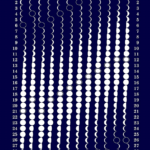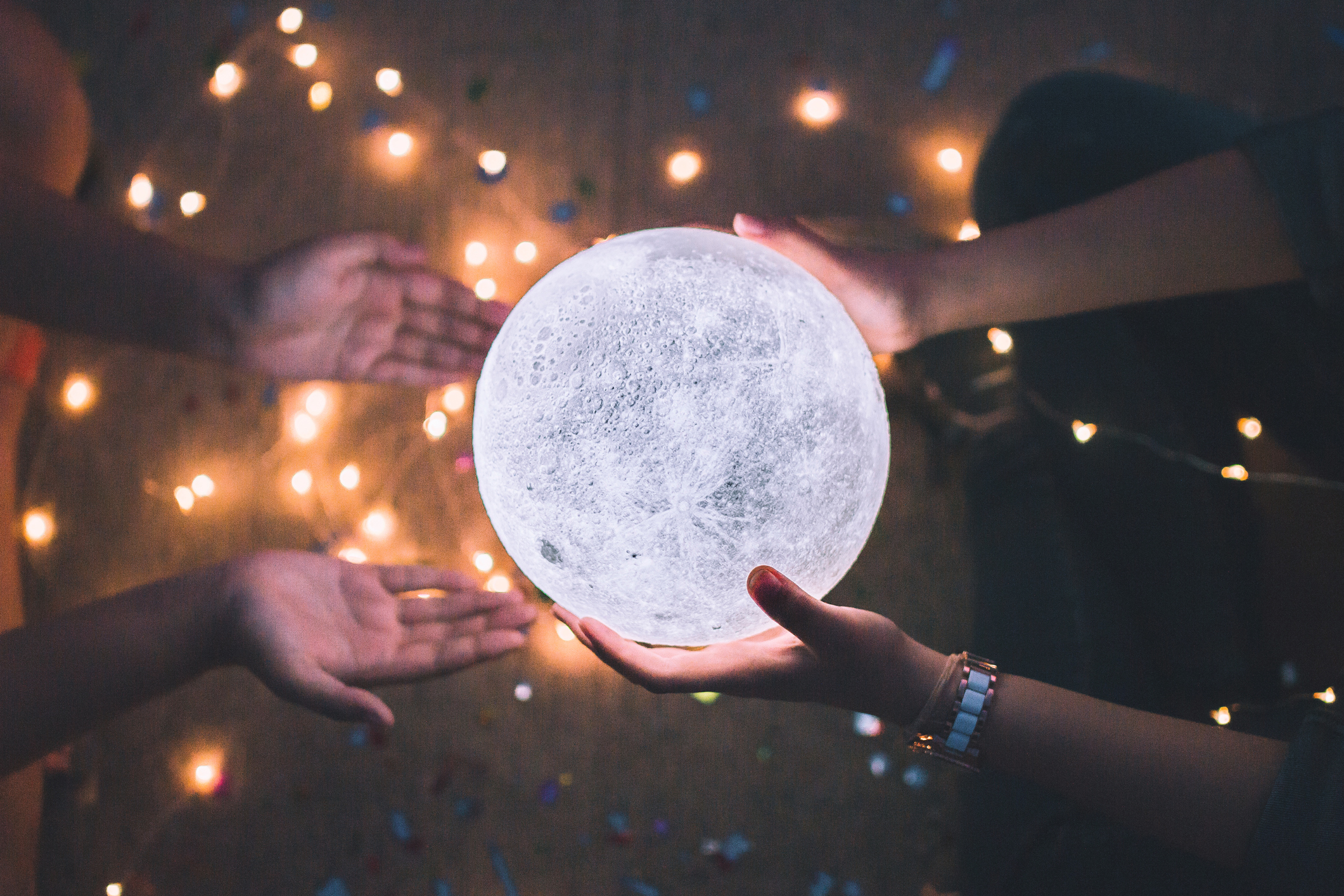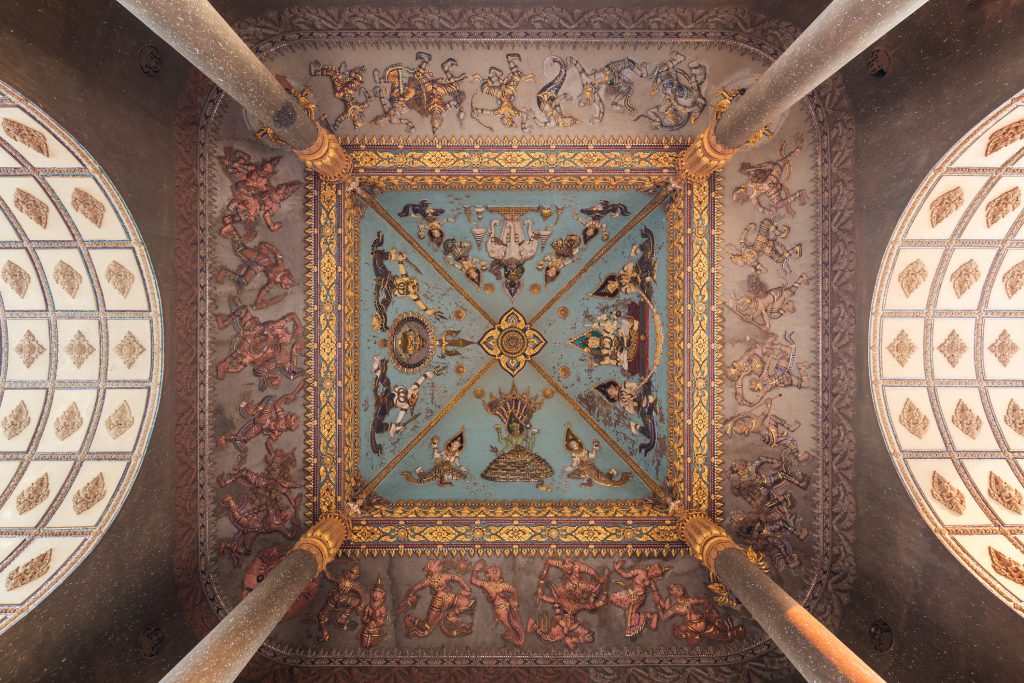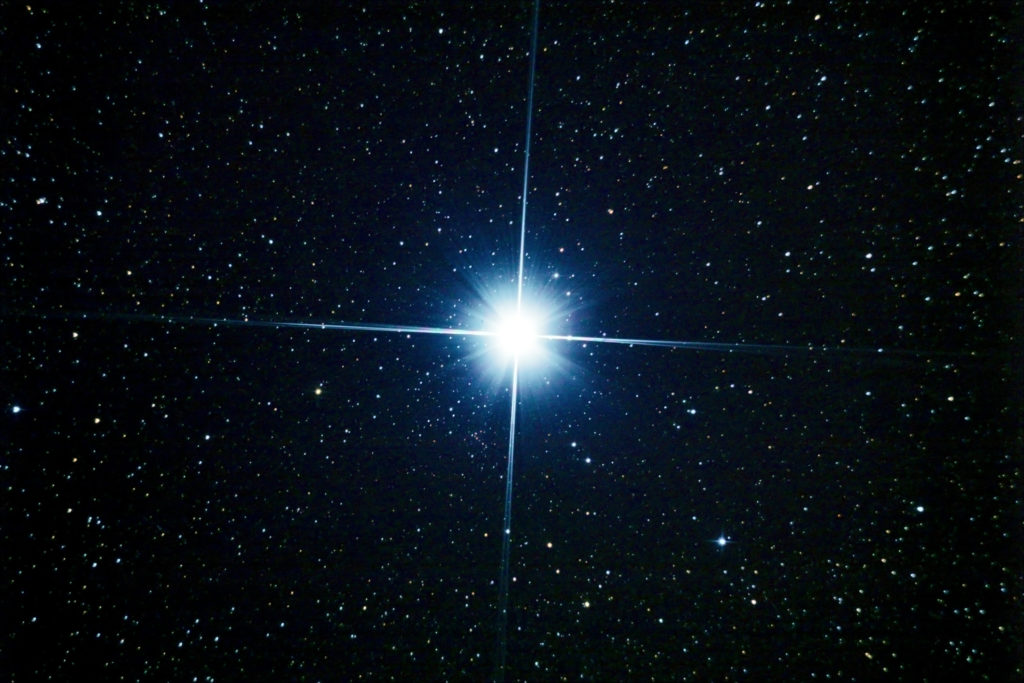Human cultures from our oldest records have used the moon phases to record time. Ancient societies across the world observed and measured the Lunar Calendar to understand its influence on their lives.
Why would they do so? Today we don’t appreciate or know how the moon phases affect us.
The Gregorian calendar is the most commonly used around the world. It is a solar calendar that was adapted from an earlier Lunisolar version. Today our months are roughly divided into moon cycles, but it doesn’t record exact moon phases. Hence, it doesn’t sync with the moon’s orbit.
If our daily calendar didn’t sync with the sun, would we use it?
Humans didn’t always live out of harmony with the moon. Evidence of the Lunar Calendar is found all over the world. Some are still in use today. The Islamic calendar is purely based on the moon cycle. The Chinese calendar is a Lunisolar calendar, which tracks both the sun and moon.
The Lunar Calendar may even be more accurate than the purely solar calendar that we use. There may be an argument to change the system we use.
To explore these concepts, we will look at the Lunar Calendar in detail.
In this article, we will look at the history, astronomy, and the eight moon phases.
*To quickly view the full 2019 Lunar calendar, simply scroll to the bottom of the page*
What cultures use the Lunar Calendar?
In our modern lives, we don’t measure moon phases and its cycle. However, the Lunar Calendar has a deep history in human culture all over the world.
Evidence reveals the recording of moon cycles in some of the oldest human records.
The earliest Lunar Calendar ever found dates to 32 000 BC. It is thought to come from the Aurignacian Culture that lived in modern-day France and Germany. The moon cycles were found in bone markings excavated from a cave in the area.

The earliest Lunar Calendars are found as cave art dating to 32 000BC in central Europe. Source
The next is found in Lascaux Caves in France dating to 17 000 years. In Warren Field, Scotland one calendar is dated to roughly 8000 years ago.

Ancient Lunar Calendars found in Warren Field, Scotland. Source
Today, the lunar calendar is used across the world including the Chinese calendar, Islamic Calendar, Native American, pre-historic English, Pagan, Celtic, and Indigenous Australians amongst many others.
Why is there a Lunar Calendar?
All calendars track the astronomy of earth relative to other bodies in the solar system. The moon is the earth’s only satellite, meaning it revolves around our planet. While the Gregorian Calendar measures the solar year (our orbit around the sun), the moon is the next important factor.
The Lunar Calendar marks how the earth, sun, and moon move in relation to each other.
A lunar month lasts 29.53 days.
That’s the period for the moon to complete its orbit around the earth in relation to the sun. (We’ll explain this next).
Today moon cycles affect the sea tides, farming, reproductive cycles, and nearly all systems on earth. It’s apparent that ancient societies had a deep knowledge of these.
What is the effect of the moon on earth?
At 1/6 the size of earth, the moon’s gravity is a powerful influence on the planet. It causes the rise and fall in sea levels known as tides. Tides even occur in lakes, the atmosphere, and within Earth’s crust. High tides are when water bulges upward, and low tides are when water drops down.
Here are some quick facts on the moon. They explain the moon’s influence on planet earth.
| Moon’s Distance From Earth: | 225,745 miles |
| Length of a Moon Day: | 27.3 days |
| Moon’s Radius: | 1,080 miles |
| Moon’s Diameter: | 2,160 miles |
| Moon’s Weight: | 81 Quintillion Tons |
| Moon’s Surface Temp (Day): | 273° F |
| Moon’s Surface Temp (Night): | – 244° F |
| Moon’s Gravity At Surface: | 0.1667 g (1/6 Earth’s) |
| Moon’s Orbital Speed | 2,287 mph |
Why do we see moon phases?

Earth, Moon and sun relationship determines the moon phases as seen from earth. Source
The Lunar Calendar is broken up into 8 moon phases.
Each moon phase shows how the moon looks from earth. When we look at the moon we will see the sunlight reflecting from it.
One half of the moon is always lit up by the sun. From earth, we only see one surface of the moon all of the time. The different portion of that area illuminated defines the moon phases.
Use the picture above to understand each moon phase.
IMAGE EXERCISE: For each phase, picture yourself standing on earth. You are looking at the moon in its relation to the sun and how the sunlight affects that view. The outside circle is how the view will look.
Now let’s explain why each moon phase look as they do. (We’ll also describe them in-depth later in the article).
New Moon: When the moon sits between the earth and sun we can’t see the lit up surface of the moon. The moon is dark and is called the new moon.
Waxing Crescent: As the moon orbits the earth, the angle between it, the earth, and the sun change. We begin to see a slither of surface lit up by the sun’s light.
First quarter moon: The first quarter moon happens as the moon moves to 90 degrees between the earth and sun. It’s called the waxing moon because it’s growing. Half of the visible side of the moon is now illuminated.
Full Moon: When the moon moves to the other side of the earth from the sun it approaches the full-moon. The full-moon happens when the sun is exactly behind the earth (from the sun). From earth, we see the fully lit surface of the moon.
Waning Third Quarter Moon: From here the moon moves around back towards the sun. A half waning moon (third quarter moon) is seen when it gets back to 90 degrees. Then to a waning crescent moon before the new moon starts the cycle again. It’s simply completed its orbit and sits between the earth and sun again.
What causes phases of the moon?
Many people think that moon phases are caused by seeing the shadow of the earth on the moon. That is not correct. Our view from earth shows the portion of the moon lit up by the sun.
The moon phases change as the angles between the earth, sun, and moon shift.
What is a lunar eclipse?
A lunar eclipse is when the moon passes through the earth’s shadow. It’s a rare event.
What are the 8 phases of the moon?

The 8 moon phases defined by sunlight in relation to the earth and the moon.
Now let’s look at the names and exact meanings of the 8 moon phases.
Refer to the image above as you read each moon phase.
(1) New Moon – The moon starts as it sits between the sun and earth. Its sunlit surface faces directly away from our view. The surface of the moon we view from earth is in full darkness. In this phase, the moon and sun, rise and set at about the same time.
(2) Waxing Crescent Moon – As the moon orbits the sun begins to light the surface facing earth. It is called the waxing moon phase. It starts with a sliver of light in view shaped like a crescent. During the waxing period, the crescent gradually grows.
(3) First Quarter Moon – One week after the new moon, the Moon has completed a quarter of its orbit around the Earth. At this stage, we can view half of the surface lit by sunlight. Its shape is a perfect half circle, called the first quarter moon phase.
(4) Waxing Gibbous Moon – Over the next week, the sunlit surface of the Moon grows. The period after the first quarter moon is called waxing gibbous. Gibbous means “humped”.
(5) Full Moon – Two weeks after the new moon, the moon reaches halfway of its orbit. The half that is facing the earth is now fully lit by the sun’s light. From earth, it appears as a round disk or full moon. Like the new moon phase, it rises at the time the sun sets. The full moon also sets when the sun rises.
When the moon aligns exactly with the Earth and sun, it is a lunar eclipse. However, its orbit is 5 degrees off so doesn’t happen very often. At this angle sunlight normally flows past the earth to reflect off the moon’s surface.
(6) Waning Gibbous Moon – In the waning moon periods, the sunlit moon surface we can see decreases. The first week after the full moon, it is called waning gibbous.
(7) Last Quarter Moon – Three weeks after the new moon, half of the illuminated part of the moon can be seen. This is usually called last quarter moon or third quarter moon.
(8) Waning Crescent Moon – By the fourth week of the cycle, the Moon is reduced to a thin sliver. It’s sometimes called the waning crescent moon
After the waning crescent phase finishes the new moon begins again.
Now we’ve covered the entire moon cycle.
How many days are between each moon phase?
A lunar month can be defined as the time the moon takes to pass through each of its phases. Starting at new moon to first quarter moon, full moon then the third quarter moon, and returns back to its starting position. A lunar month takes 29.53 days, although this varies slightly, and the number is an average.
As a new moon occurs every 29.53 days. It is called a synodic month. All lunar calendars are based on these months rather than the months you find on a solar calendar.
The moon orbits the Earth at the same time it takes to rotate once. As a result, the moon always shows the same face to the Earth.
That’s why you never see its far side or the dark side of the moon. (We’ll explain that more in other articles).
Is the Lunar Calendar more accurate?
If you use a Lunar Calendar by itself it will drift with a solar calendar. Today people still use the Islamic Calendar, that purely measures moon phases.
The lunar month lasts 29.53 days. So twelve lunar months accounts to about 354 days. This is short of the 365 days that it takes the Earth to orbit the Sun. So after about 3 years, the lunar months are out of sync with the solar year by about a month. Some calendar systems account for this and it takes 33 years to line back up again.
The solar Gregorian Calendar that we use today has problems. Leap years are used to account for inaccuracies. But it still drifts one day roughly 3216 years.
Lunar calendars can have an error of only about 2 seconds per year. That equates to 1 day in 31,250. On this measure, it is roughly ten times more accurate than today’s Gregorian calendar.
However, they are different because they measure different orbital cycles.
Depending on how you look at it, the Lunar calendar could be considered more accurate than the Gregorian calendar.
The 2019 Lunar Calendar and Moon Phase Cycles

The full 2019 lunar calendar, full moon, and new moon cycle Source
Conclusion:
Many ancient societies used the Lunar Calendar, and some persist today. It tracks the eight moon phases as how they are observed from earth.
Today it may be useful to use a Lunisolar Calendar to understand how the moon affects our daily lives.
To read more about a practicable Lunar Calendar, here is an article on the Islamic Calendar.
Now it’s up to you.
Did you know how the Lunar Calendar worked?
How do you think we can use the moon phases in our daily lives?
Leave your thoughts in the comment section below.


 The Lunar Calendar recorded the moon cycles in ancient human societies all over the planet.
The Lunar Calendar recorded the moon cycles in ancient human societies all over the planet. 
























